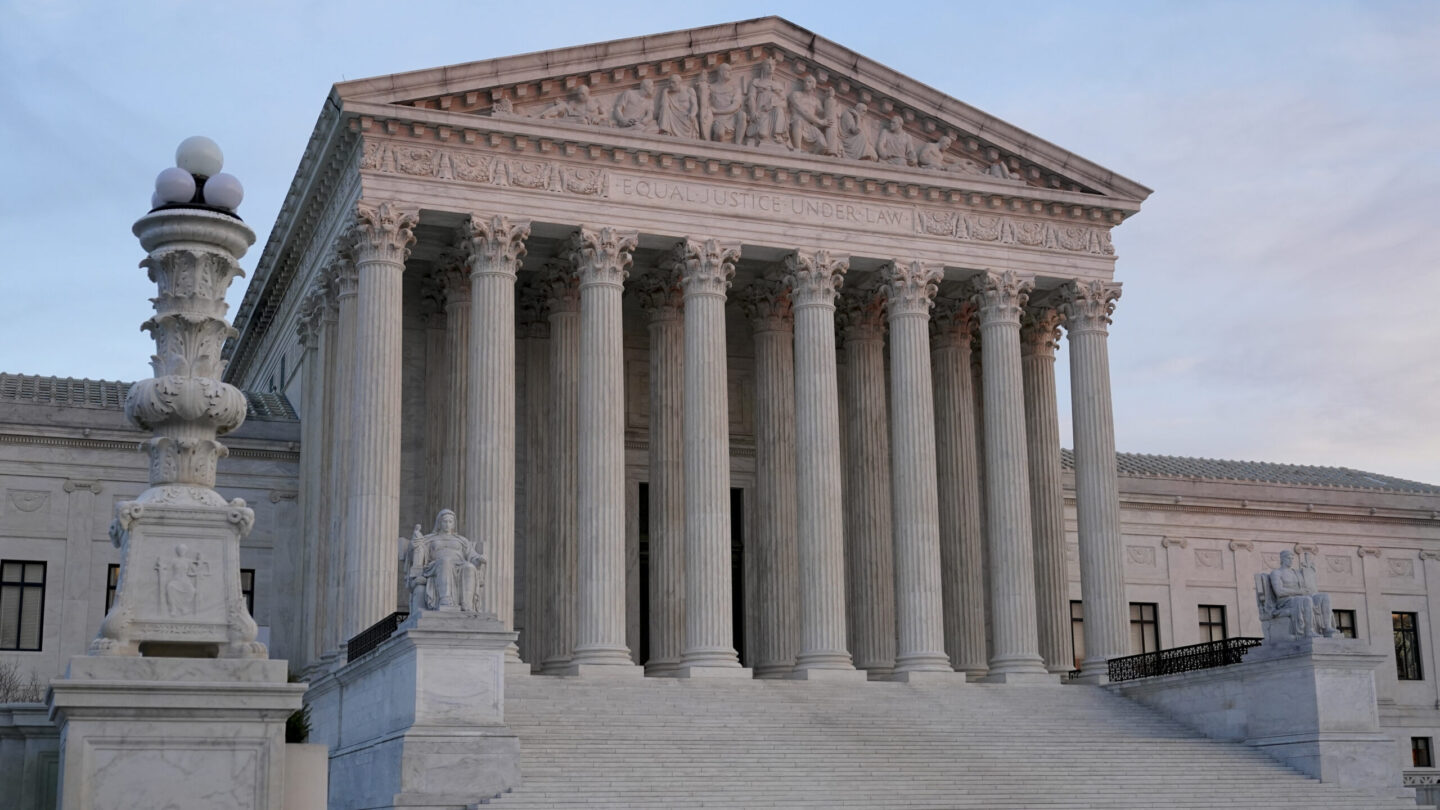The U.S. Supreme Court on Thursday stepped back from the brink of totally gutting the landmark 1965 Voting Rights Act.
By a vote of 5 to 4, a coalition of liberal and conservative justices essentially upheld the court’s 1986 decision requiring that in states where voting is racially polarized, the legislature must create the maximum number of majority Black or near-majority Black congressional districts, using traditional redistricting criteria.
The opinion was unexpected. On two previous occasions, the conservative court has acted to gut provisions of the Voting Rights Act, leaving the once-hailed milestone legislation now a hollowed out shell.
At issue was Alabama’s congressional redistricting plan, adopted by the Republican dominated state legislature after the 2020 census. Twenty seven percent, more than a quarter of the state’s population, is African American, but because of the way the congressional district lines are drawn, minority voters have a realistic chance of electing the candidate of their choice in only one out of the state’s seven districts.
In January of 2022, a three-judge district court that included two Trump appointees ruled unanimously that under the Voting Rights Act, Alabama should have created not just one, but two compact congressional districts with a majority or close to a majority of black voters. The three-judge panel said that Alabama had engaged in a classic case of vote dilution by packing black voters into a single district and spreading the remaining minority voters out over other districts, thus ensuring they had little political power.

9(MDAxODM0MDY4MDEyMTY4NDA3MzI3YjkzMw004))









